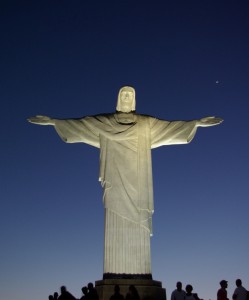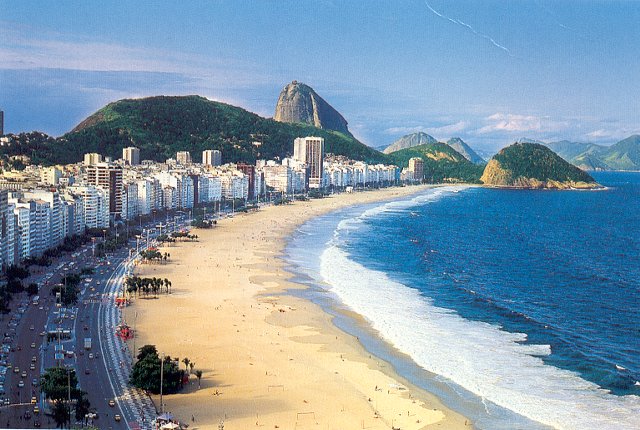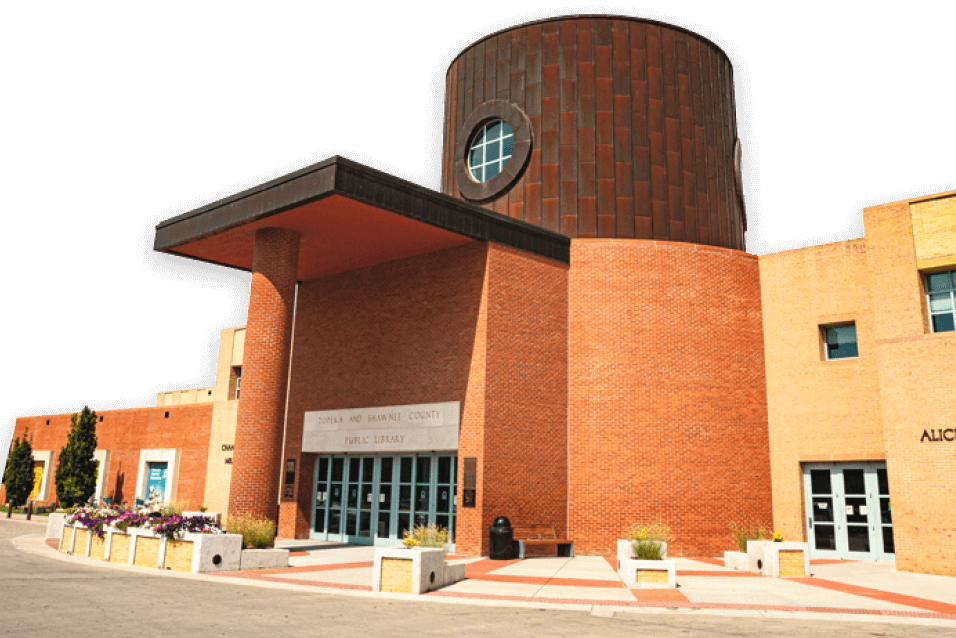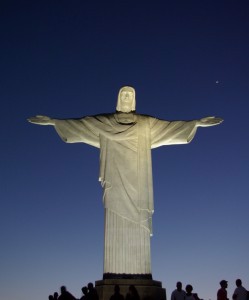Rendezvous in Rio
With the Summer Olympics coming this year, all eyes are on Rio de Janeiro, Brazil. Rio de Janeiro is a city rich with culture, filled with places to go and things to see. If you are planning a trip to Rio, here are a few places that you should consider visiting.
 Christ the Redeemer is a statue of Jesus Christ located in Rio de Janeiro atop the of the Corcovado mountain and is listed as one of the New Seven Wonders of the World.
Christ the Redeemer is a statue of Jesus Christ located in Rio de Janeiro atop the of the Corcovado mountain and is listed as one of the New Seven Wonders of the World.It was created by Paul Landowski, a French sculptor, and was actually built by Heitor da Silva Costa, a Brazilian engineer, in collaboration with Albert Caquot, a French engineer. The statue, including the pedestal that it stands on, is 124 feet tall and the arm span of the statue is 92 feet.
The idea of constructing a statue on top of the Corcovado mountain dates as far back as the mid-1850s, but the project never went through. In 1920, a second proposal for creating a statue on the mountain was put forward. Construction on the statue began in 1922 and took nine years to complete, opening in 1931.
Restorations have been conducted on the statue at various points throughout the 1990s and 2000s to repair damage caused to the statue by weather and erosion.
 Copacabana Beach stretches down part of the Atlantic shore of Rio de Janeiro. The beach is a popular destination for New Year's Eve each year, as well as having been the official venue for FIFA Beach Soccer World Cup on multiple occasions.
Copacabana Beach stretches down part of the Atlantic shore of Rio de Janeiro. The beach is a popular destination for New Year's Eve each year, as well as having been the official venue for FIFA Beach Soccer World Cup on multiple occasions.At either end of the beach, you can explore a historic fort: Fort Copacabana is located on the south end of the beach and Fort Duque de Caxias was built on the north end.
Although both forts will allow the public to visit, Fort Copacabana contains the Museu Historico do Exercito, which translates to the Museum of the History of the Army. For the Olympics this summer, Fort Copacabana is also scheduled to host some of the events, including marathon swimming, the cycling road race start and finish points, and triathlon events.
 The Museu Nacional, or National Museum of Brazil, functions as both a research institution and a national museum.
The Museu Nacional, or National Museum of Brazil, functions as both a research institution and a national museum.The National Museum was created in 1818 by the King of Portugal under the name of "Royal Museum." It was intended to help create more interest in scientific research in Brazil.
In the beginning, the museum contained botanical specimens as well as animal specimens, particularly birds. By the late 19th Century, the museum began to invest in other areas of research, including paleontology, anthropology, and archaeology.
When the emperor of Brazil was deposed in 1889, one of the residences of the emperors became open and the National Museum was transferred to the Palace, which houses the National Museum to this day. In 1946, the University of Brazil took over management of the museum, which now also contains one of the largest scientific libraries in Rio de Janeiro.
What would you would like to visit in Rio de Janeiro? To plan your trip to Rio de Janeiro, be sure to visit your library's Travel Neighborhood or browse the catalog to search for books or movies about Rio.
photo creditphoto creditphoto credit












